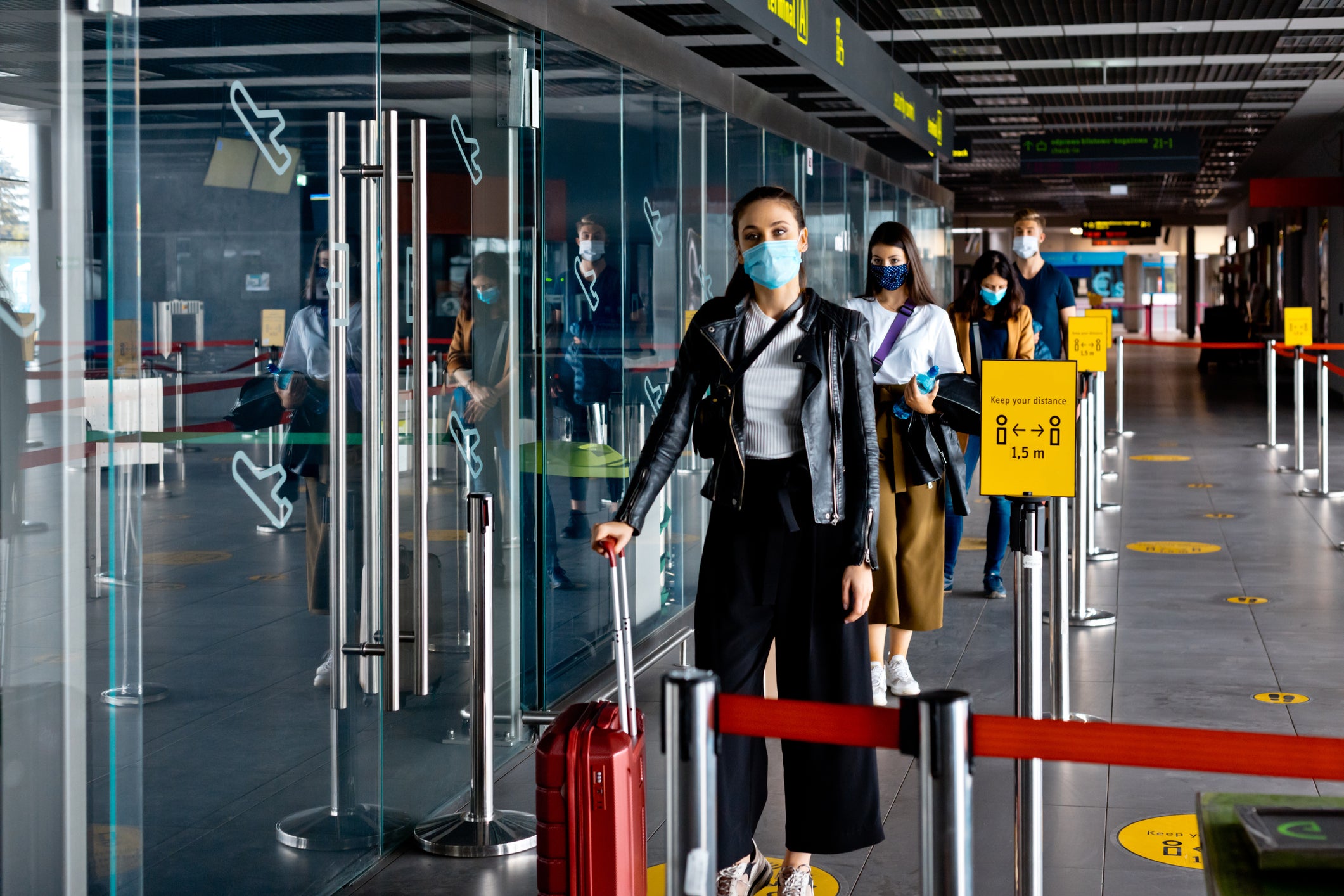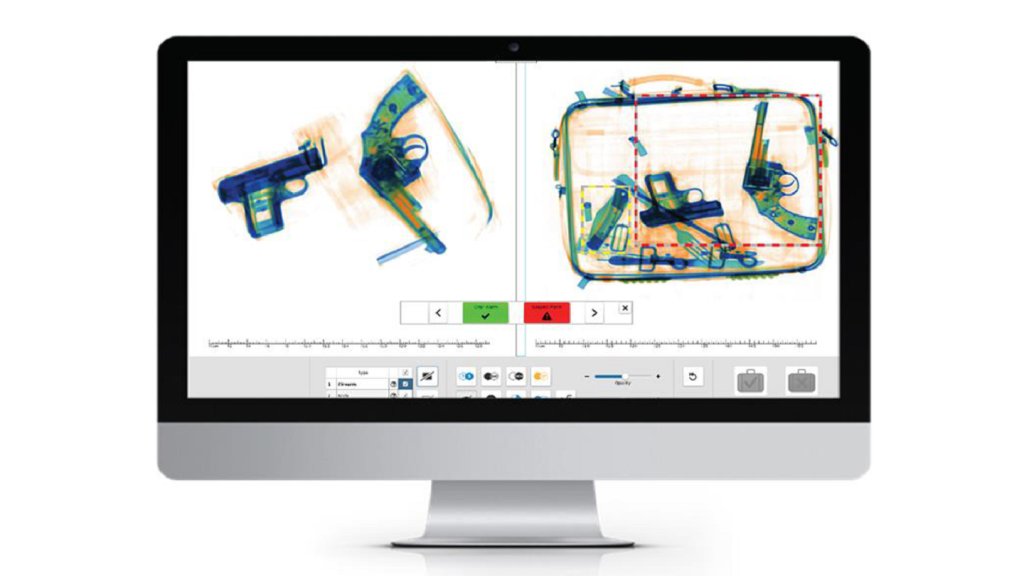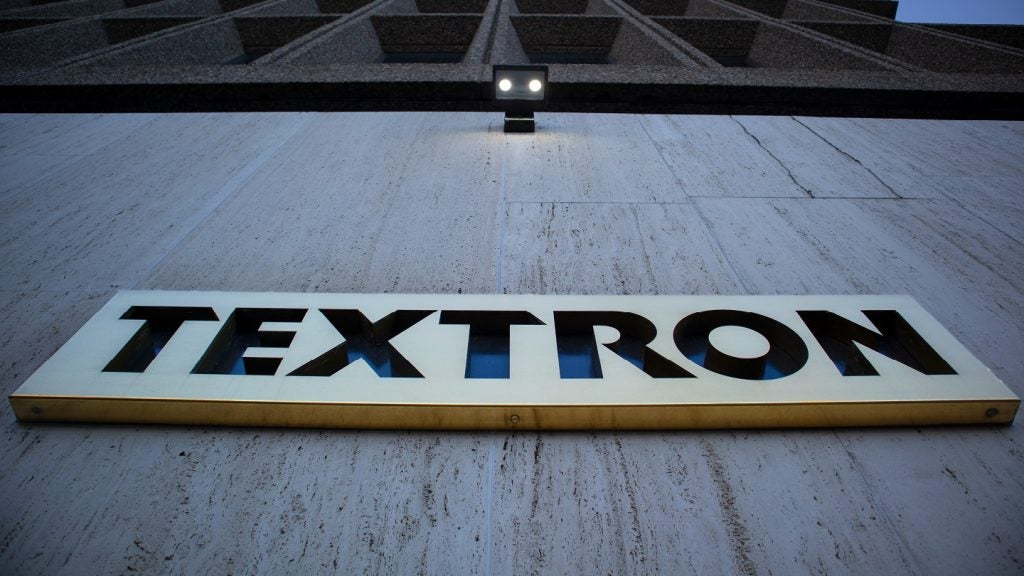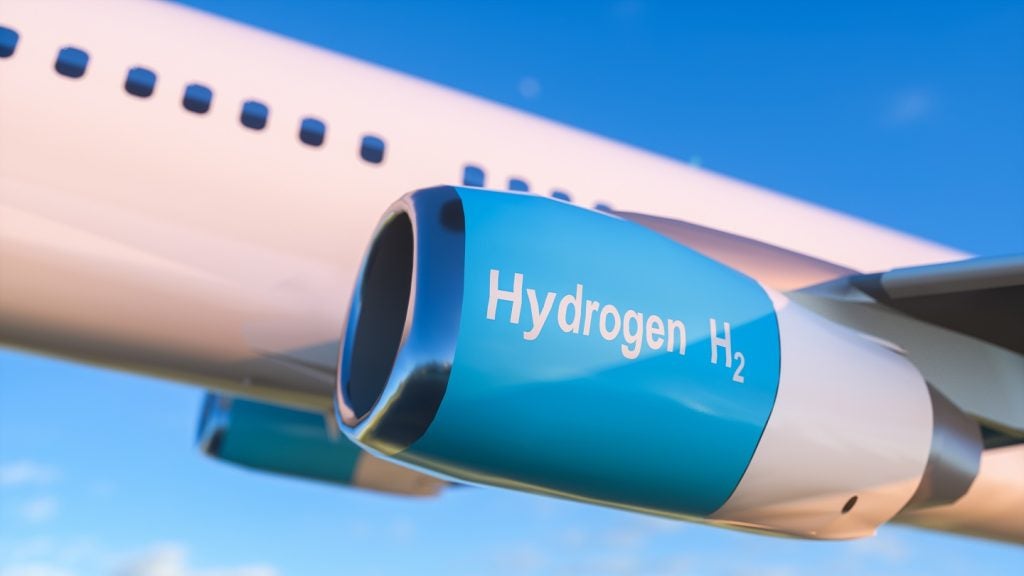
After a year of lockdowns and travel restrictions that have brought the aviation sector to the brink of ruin, contactless biometric technologies and digital passenger identification systems today look less like a hopeful vision for the passenger experience of tomorrow, and more like a badly-needed route out of an ongoing crisis. As airport operators and airlines work to position themselves for the post-Covid recovery, innovations such as automated facial recognition gates and big data approaches to passenger flow management are increasingly seen as important facilitators to improve consumer confidence to fly again.
“We are now seeing such technology being implemented not because it is ‘futuristic’, but because it is now a necessity,” says Mitul Ruparelia, head of sales for EMEA and India at Lisbon-headquartered digital identification technology provider Vision-Box. The company offers its flagship Orchestra platform to bring together complex streams of biometric data from automated gates and other sources, as well as designing systems for contactless bag drop, check-in, border control, lounge access and boarding.
Vision-Box has been working with airlines and airports including Emirates, AirAsia, London Heathrow and Dubai International to install these technologies, both before and after the arrival of Covid-19. In early February this year, the company announced a strategic partnership with US-based Airside Mobile to integrate the latter’s digital identity and health passport app into the Orchestra platform, with the aim to allow travellers to progress through all stages of airport processing using just their mobile device.
Here, Ruparelia discusses the role of contactless digital technologies as the air travel industry begins its long road to recovery from a pandemic that is still seeing record infections and death rates in some countries in 2021.
Chris Lo: How have you seen the airport and airline industries change in 2020 as a result of the Covid-19 pandemic, and what role is technology playing the aviation sector’s response to the crisis?

Mitul Ruparelia: In 2020 alone, international arrivals dropped by 72% over the first 10 months, while data also revealed that UN World Tourism Organization destinations welcomed 900 million fewer international tourists between January and October, compared to the same period in 2019, translating to a loss of $935bn in export revenues from international tourism. This only emphasises the scale of the challenge for the industry in order to deliver a successful year ahead, and to support the wider economy.
How well do you really know your competitors?
Access the most comprehensive Company Profiles on the market, powered by GlobalData. Save hours of research. Gain competitive edge.

Thank you!
Your download email will arrive shortly
Not ready to buy yet? Download a free sample
We are confident about the unique quality of our Company Profiles. However, we want you to make the most beneficial decision for your business, so we offer a free sample that you can download by submitting the below form
By GlobalDataVision-Box has seen an uptake in airports and airlines accelerating their journey towards a full contactless and seamless environment. Together we have been able to demonstrate an increase in both customer confidence and sentiment, while still enabling the required airport efficiencies and safety.
CL: Is Covid-19 likely to permanently change the industry’s standards for contactless passenger management and border control at airports?
MR: Even before the outbreak of the pandemic, the industry was already beginning to shift towards innovative and efficient methods of passenger management and border control. Covid-19 has only accelerated this need with 2021 likely to be a key instigator for change. The central premise with Covid-19 has been to reduce contact between people, and technology has proved this can be done.
Global studies conducted across the industry have shown that the standards for such changes will be given greater focus industry-wide. A Vision-Box survey in 2020 reflected international sentiments, capturing global responses from companies and agencies in the travel and tourism industry in America (35%), Europe (32%) and Asia (24%). When asked what would increase passenger trust for return to normal travel activities, 35% of the respondents saw touchless/contactless identification and clearance technology as a solution, while 63% of organisations in the aviation, airline sector and government agencies said they seek to implement biometric technologies at airports for contactless travel.
At Vision-Box, we believe biometric technology not only has a role to play now when combatting the current Covid-19 pandemic, but also in the future to improve the readiness to handle similar pathogen-based crises. Experts have reported that in airports where biometric contactless technology is implemented, the transmission rates of other viruses such as the common cold and flu are down.
CL: As a technology supplier, how has Covid-19 affected demand for contactless, digital identification systems from airports?
MR: As mentioned earlier, Covid-19 has accelerated the transition to contactless digital identification systems. As customer confidence is priority, airports and airlines have sought to implement these technologies sooner rather than later.
Despite the concerns surrounding revenue, 94% of the respondents from the Vision-Box industry survey still deem contactless/touchless technologies crucial immediate investments, which means that despite the economic toll the pandemic has had, companies recognise they need to invest in such technologies to operate and grow.
Vision-Box in fact has been tasked with helping airlines and airports including Emirates Group, AirAsia, Gatwick Airport, Winnipeg International and Kansai International to install contactless biometric passenger technologies, including automated facial recognition gates, to enable safe passage as airports have sought to implement safety measures during Covid.
CL: What have been the key requirements of the airport and airline customers that you’ve worked with to install passenger technologies in 2020
MR: Vision-Box believes in partnering with customers for future prosperity. We do this by providing our customers with complete flexibility and choice – this is a key requirement. Taking into consideration the loss of revenue for airports and airlines, we are able to offer commercial flexibility that does not necessarily require large upfront capital investment, and equally it’s not essential for our customers to completely rip out and replace their existing infrastructure – the Vision-Box technology can co-exist and work with other vendor technologies. The approach we take is in providing a service to our customers, where new technology and capabilities can easily be introduced and retrofitted.
CL: In October, Vision-Box announced a strategic partnership with AirAsia – could you describe how you’re aiming to improve the passenger management system there?
MR: The agreement with AirAsia is one in which we are confident cements our position as a leading multinational technology company. We will be introducing a new travel safety platform, a fast airport clearance experience system known as ‘FACES’, which means we are able to provide the airline with an efficient facial recognition system to process passengers. This is a practical example of technology playing a role in rebuilding passenger confidence and resuming operations. We have seen passenger growth of around 30-40% with the airports and airlines we have been working with.
CL: With new coronavirus vaccines being rolled out, do you feel optimistic that the sector can now begin to recover from the crisis?
MR: The rollout and availability of the vaccine – and number of doses required for full immunity – will vary from country to country, so whilst there is light at the end of the tunnel there is still a long journey ahead. Technology will continue to play a role in detecting and tracking those who have received the vaccine, along with verifying test results – Vision-Box is in discussions with several non-profit healthcare organisations in this space. Once countries reach some herd immunity, we expect safe travel corridors to open up more. Meanwhile safe contactless technology will remain the key for operations.
CL: What should be the key lessons that airport operators take away from Covid-19, in terms of preparing for a potential future pandemic?
MR: The impact of the pandemic has been a big wake-up call for all airport operators, exposing potential flaws and operational inefficiencies. Airports have realised that technology is critical to operations, especially to safely manage large crowds.
In the last nine months we have had multiple requests from existing customers to accelerate their deployment of contactless and biometric technology while new customers have been seeking support ahead of the resumption of their operations. We anticipate this will only grow in the coming months as the vaccine rollout continues. Even after the pandemic ends, we expect the world to continue implementing contactless technologies, as people have become conditioned to health and hygiene standards.







